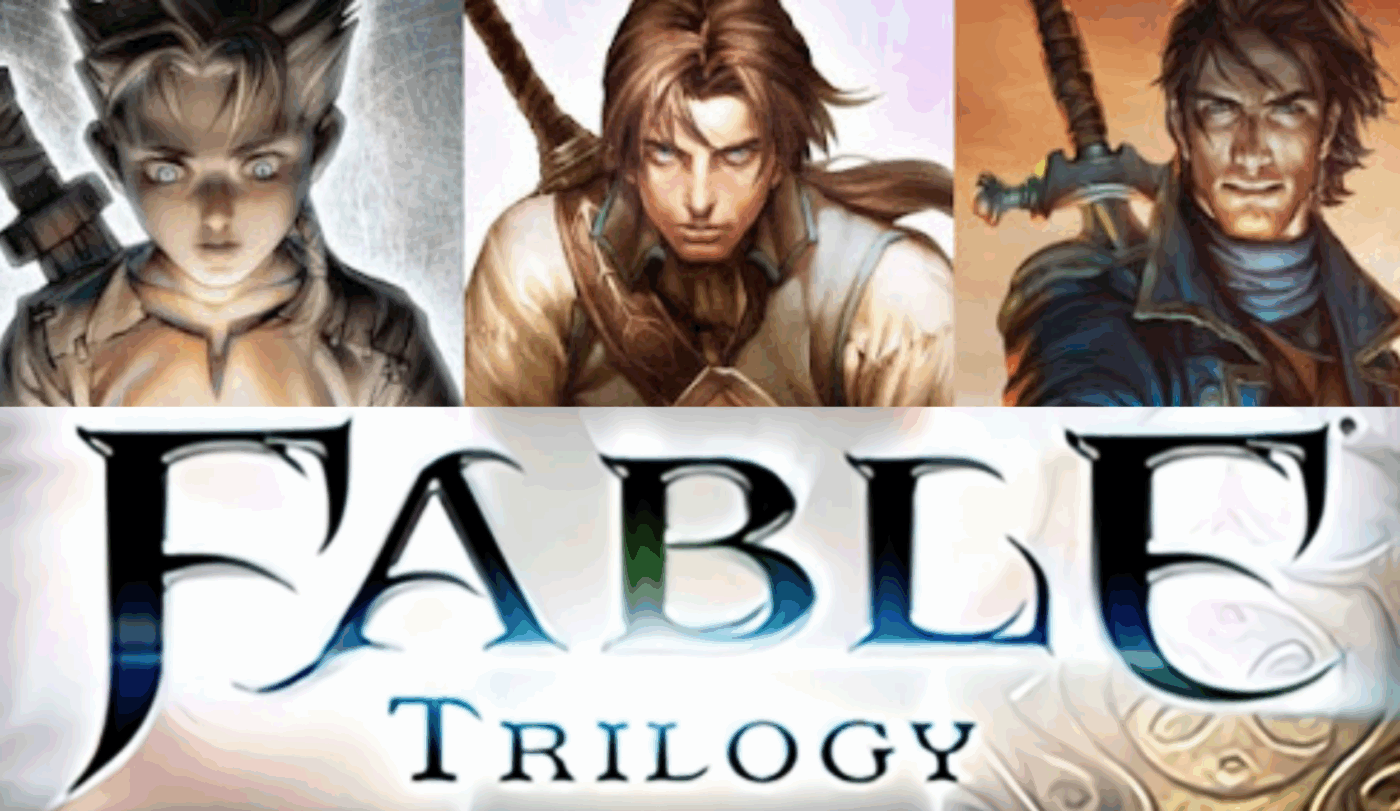The Fable series, crafted by Lionhead Studios, is more than just a collection of role-playing games—it’s a vibrant, quirky, and deeply personal journey through the fantastical land of Albion. From the moment I first stepped into its lush forests and bustling towns, I was hooked. Each game in the trilogy (Fable, Fable II, and Fable III) has left its mark on gaming culture and, more importantly, on me. Let’s take a stroll through Albion, revisit these gems, and explore why they still matter.
A Nod to Fable: The Lost Chapters
The journey began with Fable (2004), but it was Fable: The Lost Chapters (2005) that truly solidified its legacy. This expanded version added new quests, areas, and depth to an already charming game. Its impact was undeniable: it blended humor, choice-driven storytelling, and a vibrant world in a way that felt fresh at the time.
For many, including me, it was a gateway to RPGs, proving that games could be both epic and delightfully silly. The ability to shape your hero’s morality—saint or sinner—through choices like helping villagers or, well, kicking chickens, set a standard for player agency that still resonates.
Fable III: Divisive but Beloved
Fast forward to 2010, and Fable III arrived with a bold shift: you’re not just a hero but a potential monarch. The game’s divisive reception stemmed from simplified mechanics and ambitious ideas that didn’t always land. Yet, its impact endures, especially in my household.
My wife adores Fable III—it’s one of her all-time favorite games. She loves the political intrigue, the ability to rule Albion, and the cooperative gameplay that lets us team up as royal siblings. Despite its flaws, Fable III pushed boundaries with its focus on leadership and consequence, leaving a lasting impression on fans who embraced its heart.

Fable II: The Heart of Albion and My Gaming Soul
But let’s talk about the crown jewel of the series: Fable II (2008). This game isn’t just my favorite in the trilogy—it’s one of my favorite games, period. Its impact on gaming and on me personally runs deep, and I could ramble about it for hours. So, buckle up.
The Impact on Gaming Culture
Fable II refined everything Fable started. Released exclusively for the Xbox 360, it became a defining title for the console, showcasing what an open-world RPG could be. Its morality system was more nuanced: your choices shaped not only your character’s appearance (halo or horns) but also how the world reacted to you. Townsfolk would cheer, cower, or flirt based on your deeds, making Albion feel alive.
The game’s humor—think cheeky dialogue and absurd side quests like posing for a sculptor—set it apart from grimdark RPGs of the era. It influenced later games like Mass Effect and The Witcher by proving that player choice could be both meaningful and fun.
Culturally, Fable II was a phenomenon. It popularized mechanics like dynamic relationships (you could marry, have kids, or break hearts) and even introduced a canine companion whose loyalty tugged at players’ heartstrings. Memes about the dog’s adorable barks or the game’s farting emotes flooded early internet forums.
The co-op mode, though clunky, was groundbreaking, letting friends join your Albion adventure. It was a game that invited everyone to play, whether you were a hardcore gamer or just wanted to mess around in a fairy-tale world.
The Little Things
It’s the details that make Fable II unforgettable. The economy system let me buy shops and become a real estate mogul. The expression wheel—letting me dance, flirt, or fart on command—was endlessly entertaining. I once spent an hour trying to get every villager in Bowerstone to love me, only to accidentally scare them off with a misfired spell. The game’s British humor, voiced by talents like Stephen Fry, added a layer of charm that felt like a warm pub conversation.
The setting of Albion was pure magic. From the sun-dappled forests of Brightwood to the eerie marshes of Wraithmarsh, every location felt handcrafted. I’d spend hours exploring, not for loot but for the joy of discovery. The music, composed by Russell Shaw, was the cherry on top. The main theme’s gentle strings and the tavern’s jaunty tunes still give me goosebumps. I even have the soundtrack on my playlist for nostalgic drives.
The Lasting Influence of Fable
The Fable series has left an indelible mark on gaming and pop culture. Its blend of choice, humor, and heart paved the way for modern RPGs. You can see its DNA in games like Dragon Age (moral dilemmas), Stardew Valley (relationship mechanics), and even Hogwarts Legacy (a magical British setting). Beyond mechanics, Fable taught us that games could be personal. It wasn’t about being the best player; it was about being you in Albion.

For me, Fable is a time capsule. It reminds me of late nights with friends, laughing over ridiculous quests, and quiet moments when the game’s story hit too close to home. It’s a series that shaped how I see games—not just as entertainment but as art that reflects who we are.
Conclusion: Answer Albion’s Call (But Beware!)
If you’ve never played the Fable series, I’m begging you: dive in. These games are a wild, wonderful ride through a world that’s equal parts fairy tale and fever dream. Start with Fable: The Lost Chapters for its classic charm, try Fable III for its ambitious scope (my wife will back me up), and, if you can, hunt down Fable II. It’s my favorite of the trilogy, a masterpiece that’s still an Xbox 360 exclusive, so you’ll need an Xbox to experience it. Trust me, it’s worth the effort.
But a word of caution: these games are old (we’re talking 2000s tech) and addictive. You might lose hours to chicken-kicking or pub games, and don’t blame me if you’re still playing at 3 a.m. So, grab your sword, pet your dog, and step into Albion. Just don’t say I didn’t warn you when you’re hooked!

